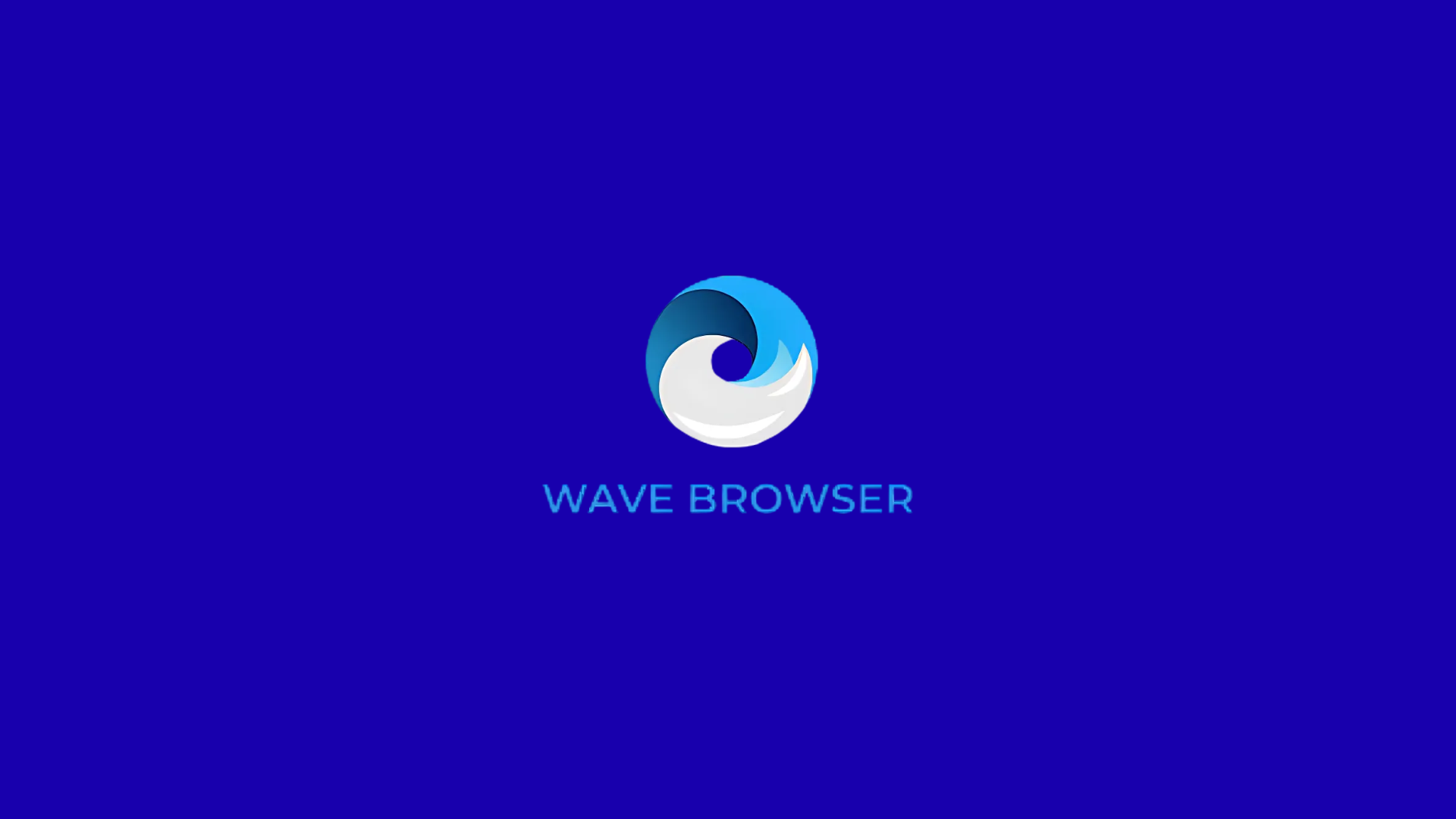Ever noticed a strange app called Wave Browser by Wavesor Software on your PC and thought, “I didn’t install this”?
This unexpected installation has raised concerns about whether the browser is safe or potentially harmful. Across various forums and user reviews, people have shared their experiences with Wave Browser, detailing unusual behavior, unwanted changes, and performance issues.
The growing number of complaints has sparked a wider discussion online, with many questioning its legitimacy.
This blog highlights real user feedback, common problems faced, and the reasons behind the rising concerns over Wave Browser’s presence on personal computers.
What is Wave Browser?
Wave Browser is a free web browser developed by Wavesor Software. It is based on Chromium, like Google Chrome, and offers features such as a built-in VPN, ad blocker, and crypto wallet tools.
However, many users report that Wave Browser installs on their computers without permission, often bundled with other free software.
It can change default browser settings, show unwanted ads, and be difficult to fully remove.
While not officially classified as a virus, security experts label it as a potentially unwanted program (PUP) that may harm user experience and privacy if installed unknowingly.
How Does Wave Browser Appear on User Systems?
1. Bundled with Free Software: Often included with free apps or games from third-party sites. Users install it unknowingly by skipping setup steps.
2. Hidden or Pre-Checked Options: Installers may hide or pre-check Wave Browser under “Advanced” settings, leading to accidental installation.
3. Silent Installations: Sometimes installs silently, especially when downloading cracked software or clicking deceptive ads.
4. Hijacks Browser Settings: Sets itself as the default browser, changing your homepage and search engine without permission.
5. Runs in the Background: Starts processes like wavebrowser.exe on startup, often slowing down your PC.
6. Hard to Remove: Even after uninstalling, it may leave behind files or tasks that cause it to reinstall or keep running.
Ways to Remove Wave Browser Completely

Removing Wave Browser isn’t as easy as hitting uninstall. It often leaves behind hidden files, processes, and registry entries that allow it to reinstall itself.
Here are some ways to remove Wave Browser completely and prevent it from coming back.
Way 1: Uninstall from Control Panel
Go to Control Panel > Programs and Features, find Wave Browser in the list, and uninstall it. This is the first step to remove the main program files. However, this alone won’t fully remove it, as leftover files may remain.
Way 2: End Background Processes
Open Task Manager (Ctrl + Shift + Esc) and look for processes like wavebrowser.exe. Right-click and end them. This stops Wave Browser from running in the background, which is necessary before deeper removal steps.
Way 3: Disable Startup Entries
In Task Manager’s Startup tab, check for any Wave Browser-related entries and disable them. This prevents the browser from launching automatically every time you start your computer.
Way 4: Delete Scheduled Tasks
Open Task Scheduler and search for tasks related to Wave Browser. Some versions create scheduled tasks to reinstall or run silently. Deleting these ensures it won’t reinstall itself after reboot.
Way 5: Remove Registry Entries (Advanced)
For advanced users, open Registry Editor (regedit) and carefully search for entries named Wave, Wavesor, or wavebrowser. Deleting these leftover keys is crucial to prevent Wave Browser from reappearing.
Way 6: Use Anti-Malware Tools
Run a full system scan using trusted tools like Malwarebytes. These tools can detect hidden files, registry traces, and browser hijackers that manual methods might miss.
Way 7: Reset Browser Settings
Open your browsers (Chrome, Edge, Firefox) and reset them to default settings. Also, remove unknown extensions and clear the cache to eliminate any hijacking effects caused by Wave Browser.
But is Wave Browser Safe?
Technically, Wave Browser isn’t classified as a virus or malware, but its installation tactics and intrusive behaviors make it a Potentially Unwanted Program (PUP).
While the official website markets privacy-focused tools, many users receive them through software bundles, raising concerns about data privacy, system performance, and security.
Its association with Wavesor Software (also linked to Polarity Technologies Ltd.), which has a history of producing adware-type programs, only adds to the skepticism.
Common Behaviors & Issues Reported
Once installed, Wave Browser starts exhibiting intrusive behaviors that disrupt normal browsing and system performance.
Users frequently report sudden changes to browser settings, persistent ads, and difficulties in fully removing the program.
- Installs without user consent.
- Change the default browser and homepage.
- Shows pop-ups and redirects.
- Runs background processes (e.g., wavebrowser.exe).
- Difficult to uninstall completely.
- May reinstall after removal.
- Causes system slowdowns.
- Raising privacy and data tracking concerns.
Conclusion
Not everything that looks like a browser is your friend. Wave Browser by Wavesor Software might seem harmless at first glance, but its sneaky installation tactics and browser-hijacking behavior tell a different story.
It’s not a virus, but it acts like a “digital squatter”, messing with your settings and refusing to leave.
Classified as a Potentially Unwanted Program (PUP), Wave Browser often disrupts your system without clear consent.
Stay alert when downloading free software to avoid these unwanted guests. If Wave Browser sneaks in, remove it completely for a smoother experience.
Have you faced Wave Browser issues? Share your story in the comments below!









